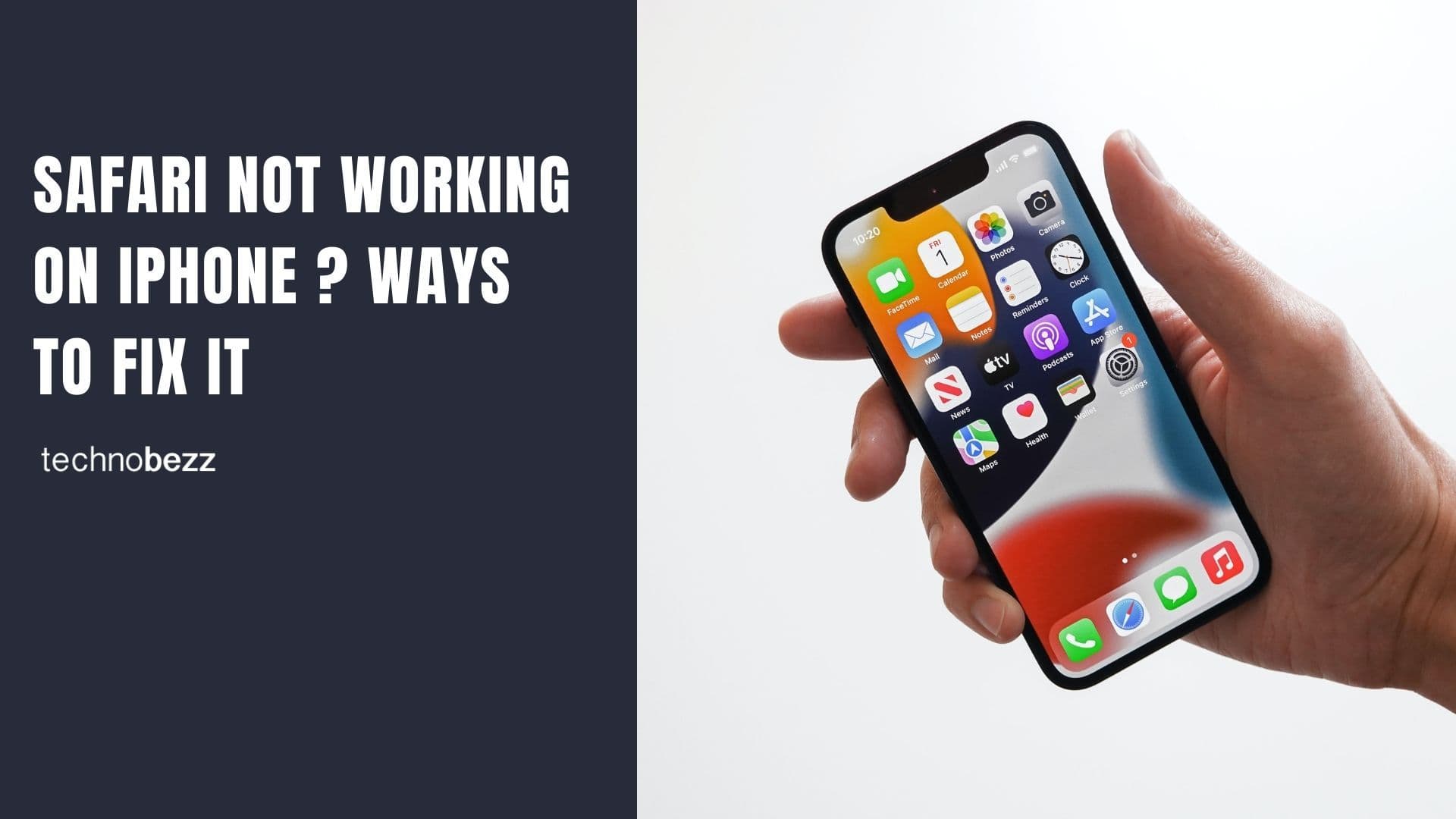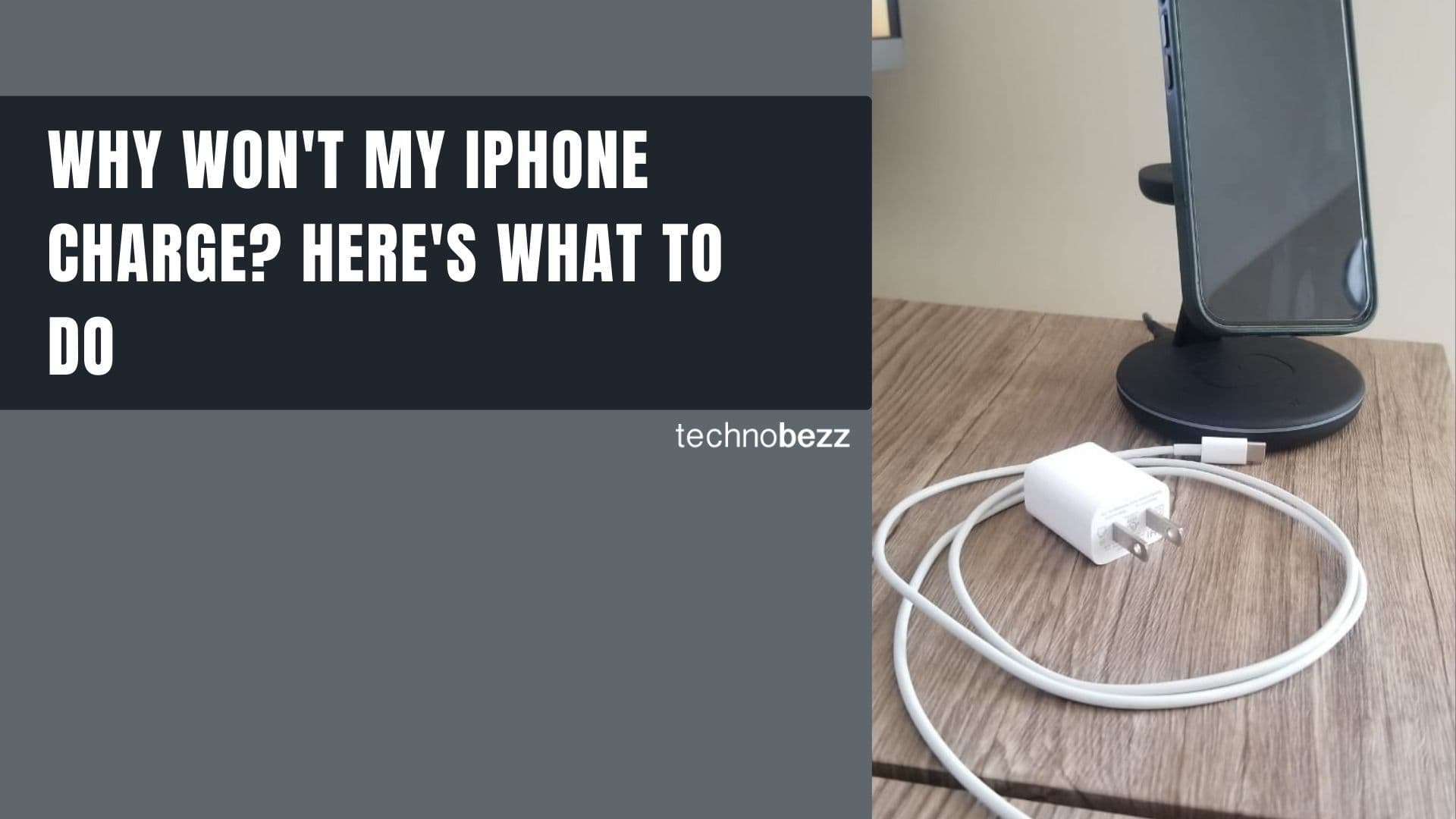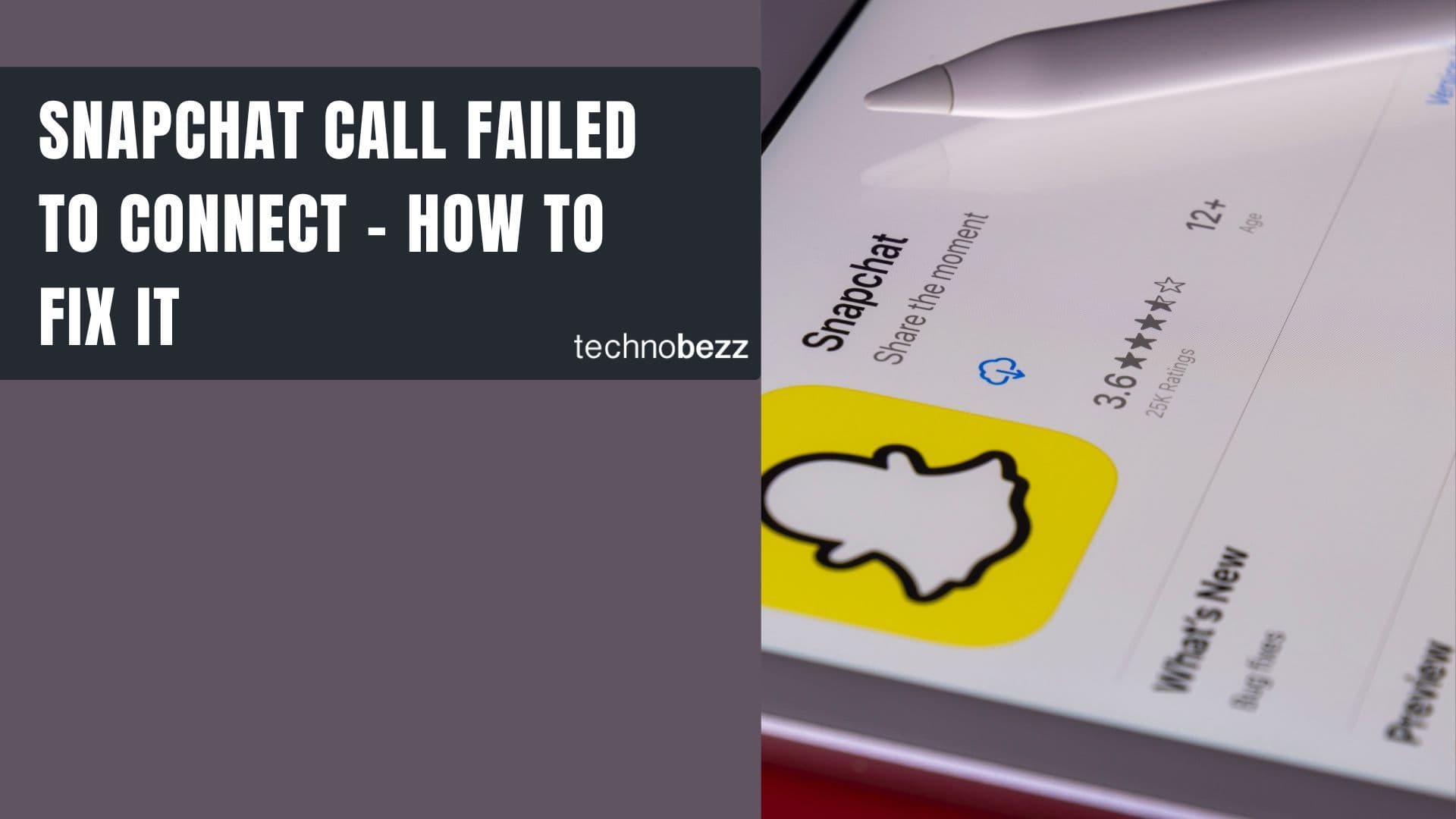Thinking about buying a refurbished smartphone or laptop? It's a smart move if you're looking to save money and reduce electronic waste. But before you dive in, there are some important things you should know to make the right choice.
Read more - Do You Really Need A New Phone Ask Yourself These 5 Questions
What Does "Refurbished" Really Mean?
When we talk about "refurbished" devices, we're referring to pre-owned gadgets that have been returned due to defects, buyer's remorse, or trade-ins. These devices go through professional repair (if needed), thorough testing, cleaning, and repackaging for resale at lower prices. Think of it as getting a second-hand device with professional attention to ensure it works like new.
The Pros of Buying Refurbished
Cost Savings
One of the biggest perks is the price. Refurbished devices are significantly cheaper than their brand-new counterparts. You can save hundreds of dollars on high-end smartphones and laptops while getting similar performance.
Environmentally Friendly
Choosing refurbished helps reduce e-waste, making it a greener choice. Purchasing a refurbished phone instead of a new one saves substantial amounts of CO2 emissions and raw materials. The environmental impact is significant - refurbished devices can reduce e-waste and CO2 emissions by up to 80% compared to new production.
Quality Assurance
Reputable refurbishers put these devices through rigorous testing to ensure they work like new, often offering warranties. Major manufacturers like Apple and Samsung offer refurbished phones that are restored with the same replacement parts used in new models, typically coming with new batteries, outer shells, and one-year warranties.
The Cons to Consider
Shorter Warranty
Refurbished devices often come with shorter warranties compared to new ones. While a new device might come with a one-year warranty, refurbished devices might only offer 90-day coverage or similar limited periods. Always check the warranty terms before buying.
Potential for Older Models
If you're looking for the latest features, refurbished devices might not always meet your needs as they tend to be older models. However, you can often find relatively recent models that have been refurbished.
Battery Life
For smartphones and laptops, battery life might not be as optimal as a brand-new device unless the battery has been replaced. Batteries degrade over time, and a refurbished device could have a battery that has already gone through many charge cycles. Reputable sellers typically replace batteries that fall below 80% of their original capacity.
Key Things to Check Before Buying
Source Matters
Always buy from reputable sellers. This could be the manufacturer's official site, well-known retailers, or certified refurbishers. Avoid unknown third-party sellers. Buying from reputable sources ensures that the device has gone through proper refurbishment processes and quality checks.
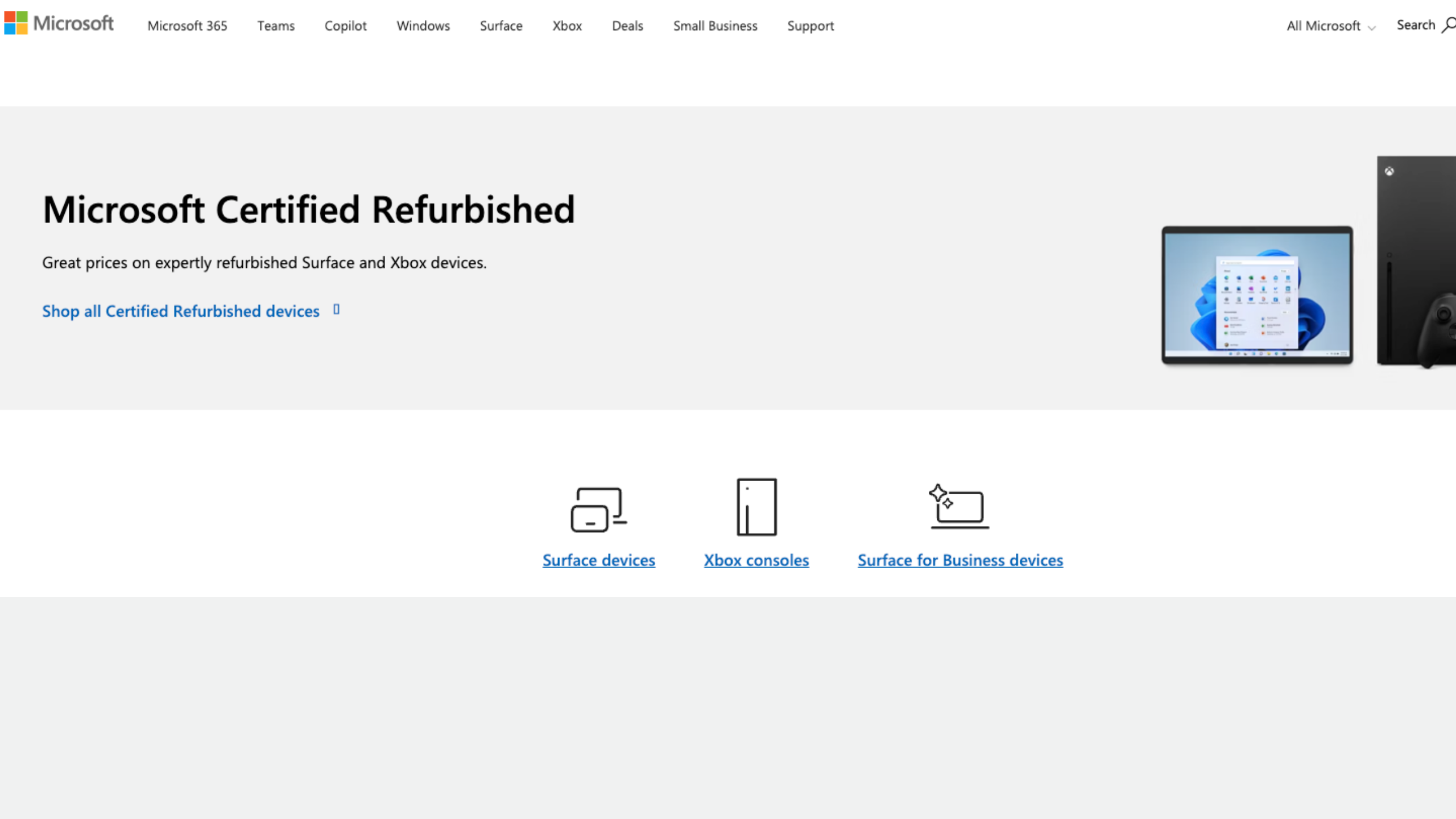
Warranty and Return Policy
Ensure there's a solid warranty and clear return policy. This gives you peace of mind in case something goes wrong. A good warranty means the seller stands behind their product quality. Check the return policy details, including the return window, conditions for returns, and any restocking fees.
Condition Grades
Understand the grading system (like New, Excellent, Good, or Fair) to know exactly what you're getting. Refurbished devices are categorized based on their physical and functional condition.
- New: Perfect condition with no signs of use, often with original packaging and accessories
- Excellent: Almost like new with minimal wear, any imperfections are cosmetic and barely noticeable
- Good: Shows some signs of use like minor scratches, but functions perfectly
- Fair: Noticeable wear and tear but still fully functional
Battery Health
Check if the battery has been replaced or at least what its current health status is. Knowing the battery health helps you gauge how long the device will last on a single charge. Reputable sellers often replace batteries in their refurbished products to ensure better performance.
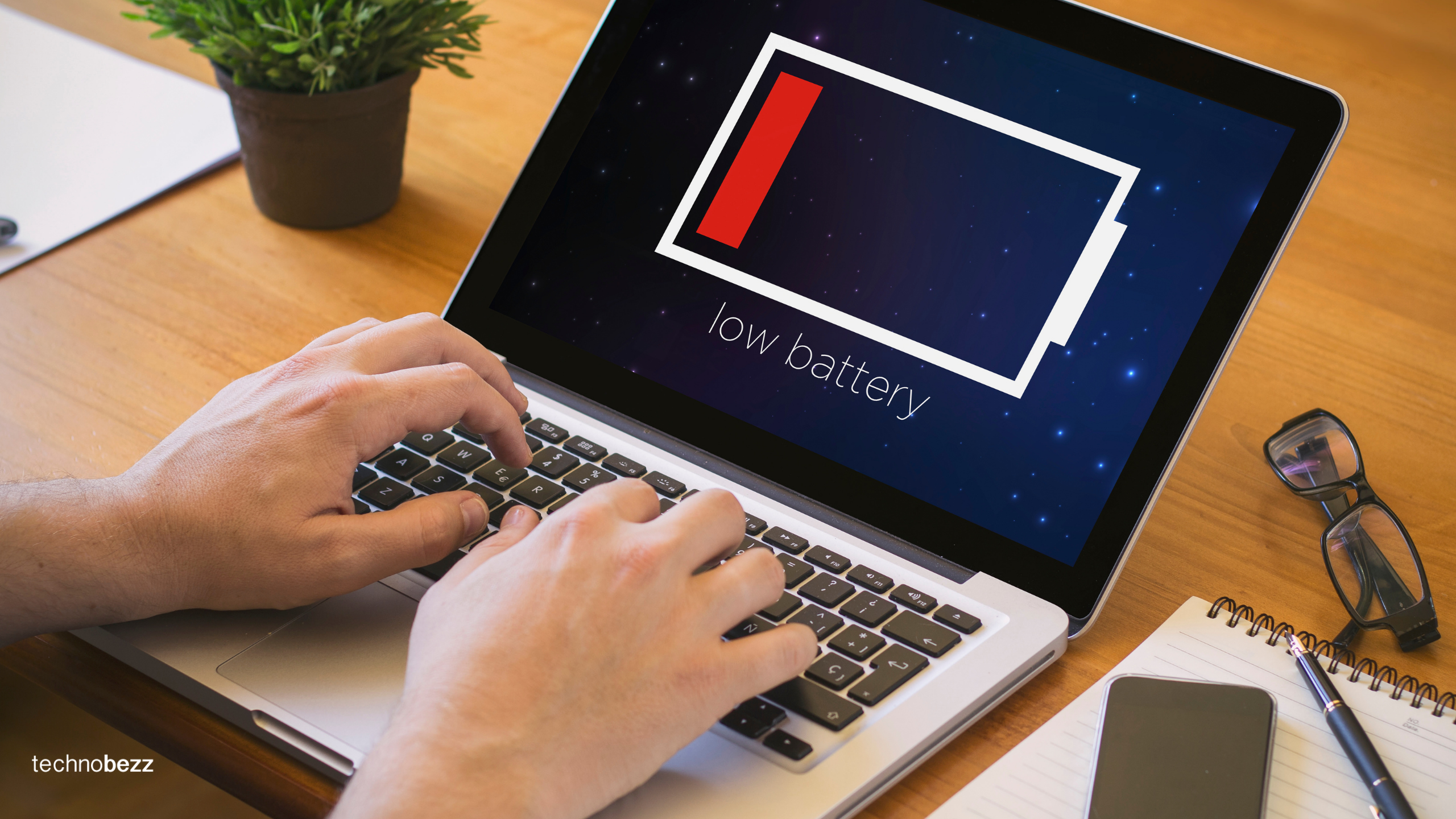
If the battery hasn't been replaced, ask for the current health status, usually expressed as a percentage of the battery's original capacity. A battery health below 80% typically indicates it will need replacement soon.
Compatibility
Make sure the device is compatible with your needs. For smartphones, check if the device is unlocked or works with your specific carrier. Some phones might be locked to particular networks. For laptops, ensure the hardware meets your software requirements for operating systems, applications, or peripherals.
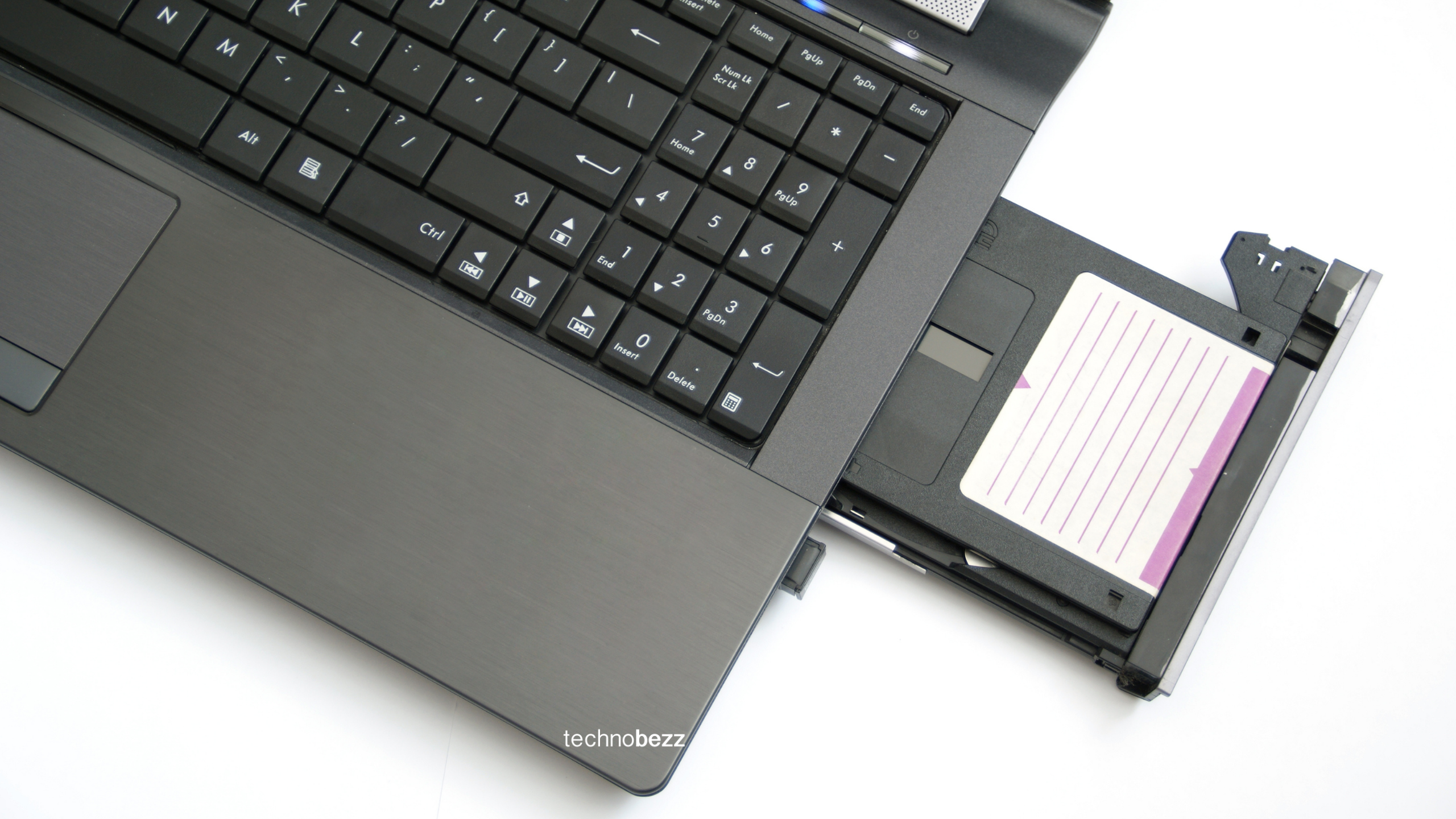
Included Accessories
Confirm what accessories are included. Some refurbished devices might not come with all the original accessories. A smartphone might not include earphones or charging cables, while a laptop might be missing peripherals like power adapters. Reputable sellers will list included accessories clearly in product descriptions.
Tips for Smartphones
- Check for Carrier Lock: Ensure the phone is unlocked or compatible with your carrier
- Inspect for Physical Damage: Look for signs of wear and tear, especially on the screen and body
- Software Updates: Make sure the phone can receive the latest software updates
- Battery Replacement: Ask if the battery has been replaced or check its health percentage
Tips for Laptops
- Check Specs: Ensure the laptop's processor, RAM, and storage meet your needs
- Test Ports and Keyboard: Make sure all ports and the keyboard are fully functional
- Operating System: Confirm the laptop comes with a legitimate operating system license
- Battery Life: Check if the battery has been replaced or its current health status
Tips for a Smooth Purchase
- Read Reviews: Look up reviews of both the device model and the seller
- Compare Prices: Shop around to ensure you're getting the best deal
- Inspect on Arrival: Check the device thoroughly upon arrival for any defects or issues
- Update Software: Make sure the device's software is up to date for optimal performance
Common Myths About Refurbished Devices
- Myth 1: Refurbished Means Low Quality - Reality: Refurbished devices can be high quality, especially from reputable sources with rigorous testing standards
- Myth 2: Refurbished Devices Have No Warranty - Reality: While warranties might be shorter, reputable sellers usually offer some form of warranty protection
- Myth 3: Refurbished Devices Are Outdated - Reality: You can find relatively recent models that have been professionally refurbished and restored
Buying refurbished can be a smart choice that saves you money while being environmentally conscious. By following these guidelines and buying from reputable sources, you can get a quality device that meets your needs without breaking the bank.







